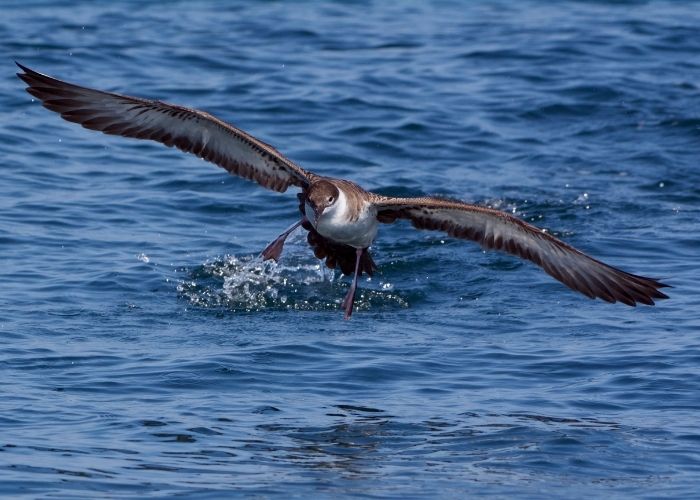LA PALMA – The Canary Pine and the lizards on La Palma have suffered most from the severe consequences of the volcanic eruption on the island. This has been established by the environmental department of the La Palma regional government (Cabildo de La Palma).
The continuous emission of ash and lava that has been plaguing various municipalities on the island for the past two months is extremely harmful to flora and fauna. This is according to research carried out by the Institute of Natural Products and Agrobiology of the Spanish National Research Council (IPNA-CSIC) in cooperation with the island’s Environment Department.
Fauna and flora
The study of the degradation of some specific groups of the island’s fauna and flora was carried out within a one-kilometre radius of the volcanic crater. And also in the area, no more than 200 metres from the lava flows. Several observation points were set up for this purpose; the area was divided into 30×30 metre plots and birds and reptiles were counted in each of these areas.
Pines near the crater have died
The results show that all of the Canary Island pine trees near the crater have died. Only the core of the pine survived the volcano’s eruption. Due to the acidic haze released after the eruption, the pines – up to 7 kilometres from the crater – have lost much of their green colour. It is not yet clear what the evolution of these specimens and the effects on the photosynthesis processes of the plants will be.
Accumulation of ash
One of the most worrying effects of the volcano on the vegetation and subsoil is the accumulation of ash. This ash also affects all vertebrates and invertebrates that live or hide under rocks or on the ground.
Lizards and invertebrates
Furthermore, it is mainly lizards that have succumbed to the lava flows. Because they have a habit of hiding under rocks to escape predators and because they have only a small habitat. They also suffer from the lack of food caused by the ash. Invertebrates have also been affected by the volcanic eruption; they show little activity in areas covered by ash.
Birds and bats
Kestrels, eagles, crows, rooks, canaries, blackbirds and black-headed warblers are behaving relatively normal. Moreover, even when close to the lava flows and to the crater while it is forcefully emitting lava, ash or gases. The shearwaters, whose young leave their nests every year in October-November, are the most affected. Their nests have been destroyed by the lava flows reaching the sea. The adult birds had already left the area, were not affected, but it remains to be seen what will happen
The bats – especially the Madeira bat – are still very active in the coastal areas and near the banana plantations. This is because there are many water reservoirs and, therefore, food such as mosquitoes and small moths.
Extra attention for endangered species and palm trees
The volcanic eruption has not caused any additional threat to the endangered species on La Palma. The government reports that it continues to monitor the titmouse and the El Remo grasshopper species to see how the massive ash discharge might affect their populations. To date, their populations have not been significantly affected, so it will be essential to continue this monitoring. The Lady Palm species is also under special surveillance.


